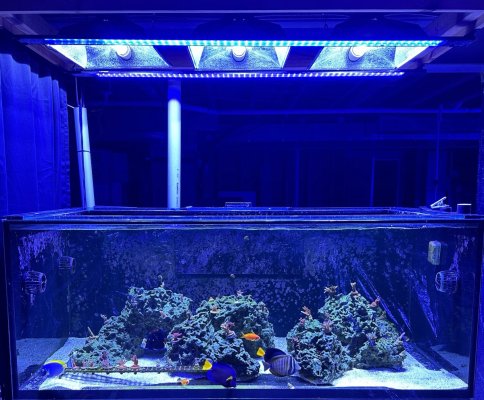-3.5 month old tank.
-Parameters have been stable for 2 months.
-Had a Dino outbreak when parameters dropped one day.
-within hours of getting new health corals that the polyps were extending within 30 mins of Puting in tank .
-overnight had 3 large frags. Snozzberry, tsa fuzz acro and giant peach table acro completely disentigrated.
almost staghorns, montis, and Oregon torts which have been in the system for 5 weeks to 3 weeks seem to be doing ok. 1 aquamarine stag that is clustered next to two others I mounted 3 weeks ago at the same time is now showing some tissue loss.
40 gallon cube
Gen 5 xr 30 12 hour photo period on the same settings top shelf corals uses (where I got most of my frags from.
Alk- 9.8. 30 day average 9.6
Salinity 35, 1.026. 30 day average 34, 1.025
Calcium 480. 30 day average 470
Ph 8.1. 30 day average 8.3 day 7.7 night
Nitrates 12 ppm. 30 day average 14ppm
Phosphates .12 30 day average .10
Temp 77.8. 30 day average 77.8
I test all parameters daily except calcium which has been done weekly.
I added a UV sterilizer last week to help with the Dino’s and it has worked pretty well and today is the first day the Dino’s have seriously subsided. I also added pods from algae barn 48 hours ago.
I’m super flow is 2 MP10’s staggered catty corner set on reef quest at 70%
if my water parameters are this stable I don’t understand why the corals would just nose dive so fast.
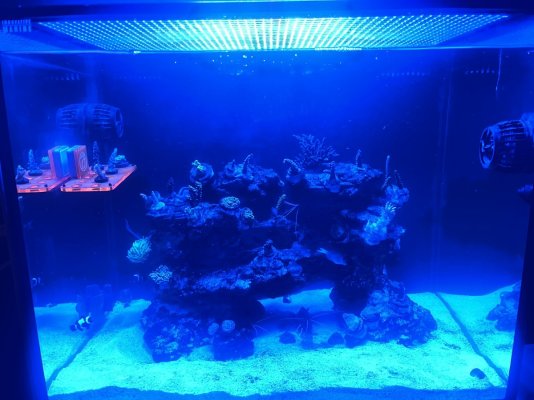
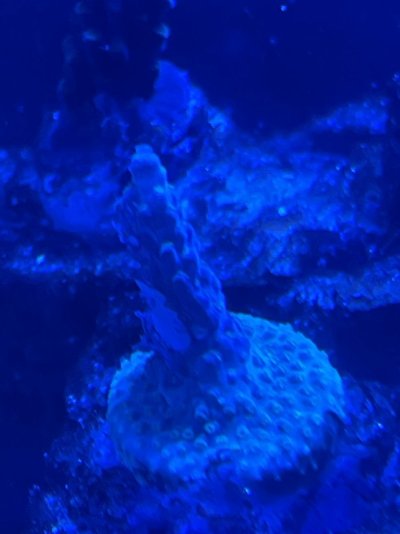
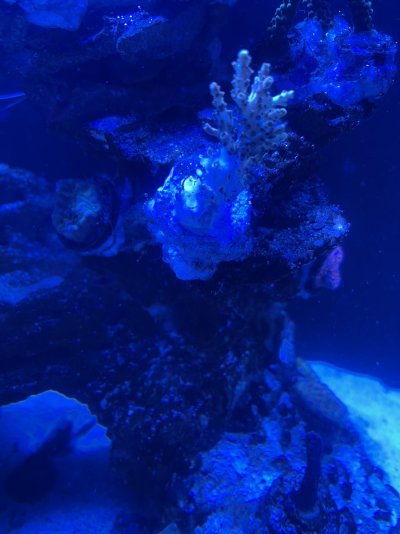
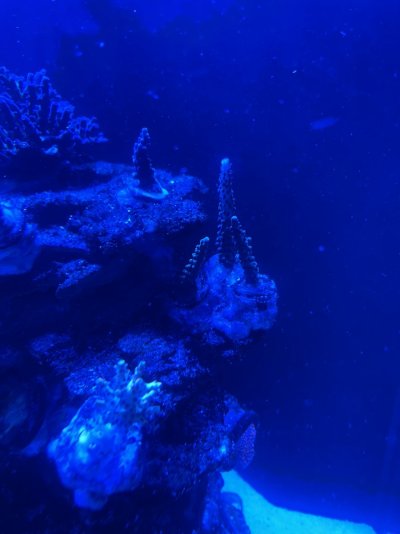
-Parameters have been stable for 2 months.
-Had a Dino outbreak when parameters dropped one day.
-within hours of getting new health corals that the polyps were extending within 30 mins of Puting in tank .
-overnight had 3 large frags. Snozzberry, tsa fuzz acro and giant peach table acro completely disentigrated.
almost staghorns, montis, and Oregon torts which have been in the system for 5 weeks to 3 weeks seem to be doing ok. 1 aquamarine stag that is clustered next to two others I mounted 3 weeks ago at the same time is now showing some tissue loss.
40 gallon cube
Gen 5 xr 30 12 hour photo period on the same settings top shelf corals uses (where I got most of my frags from.
Alk- 9.8. 30 day average 9.6
Salinity 35, 1.026. 30 day average 34, 1.025
Calcium 480. 30 day average 470
Ph 8.1. 30 day average 8.3 day 7.7 night
Nitrates 12 ppm. 30 day average 14ppm
Phosphates .12 30 day average .10
Temp 77.8. 30 day average 77.8
I test all parameters daily except calcium which has been done weekly.
I added a UV sterilizer last week to help with the Dino’s and it has worked pretty well and today is the first day the Dino’s have seriously subsided. I also added pods from algae barn 48 hours ago.
I’m super flow is 2 MP10’s staggered catty corner set on reef quest at 70%
if my water parameters are this stable I don’t understand why the corals would just nose dive so fast.




Last edited:






